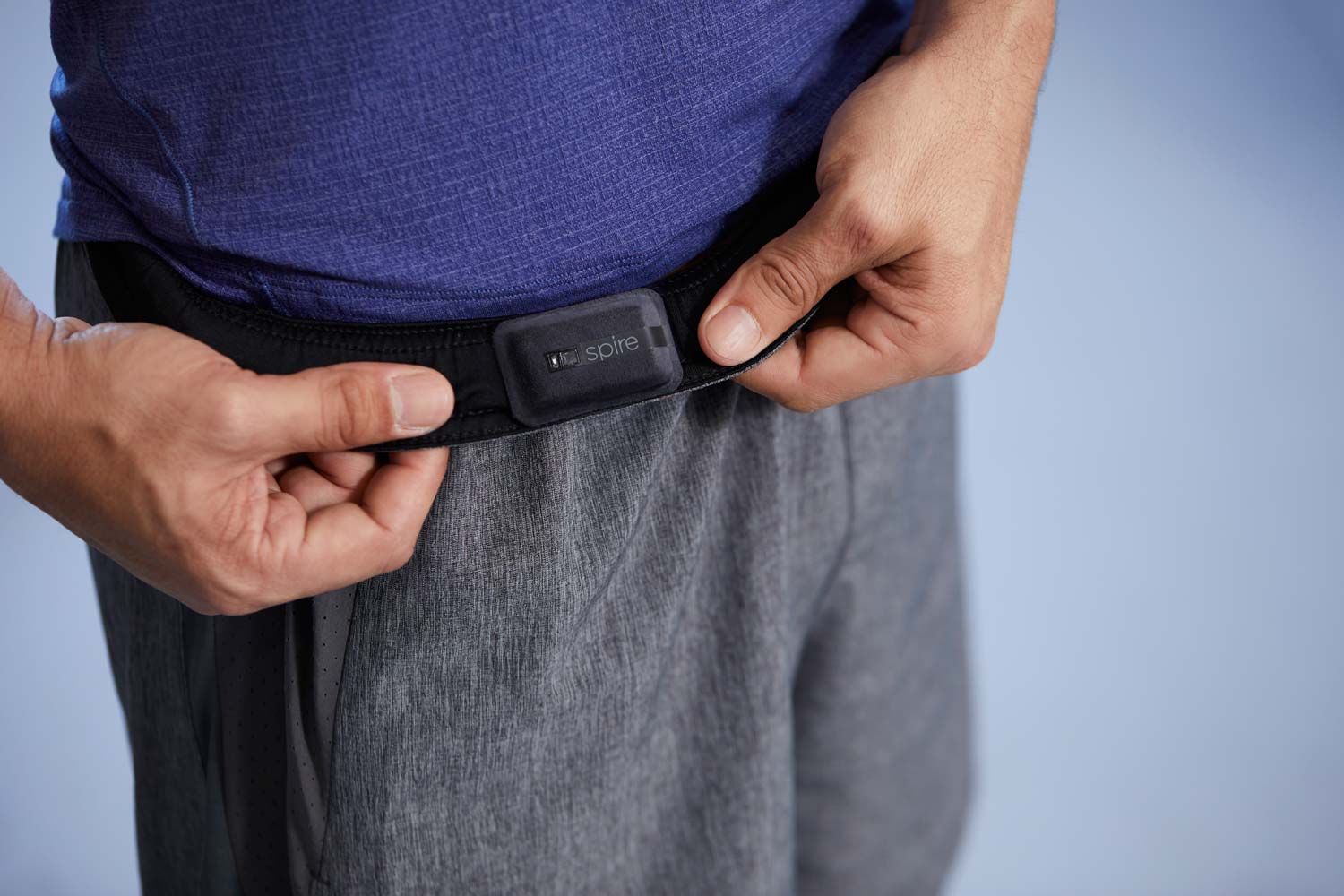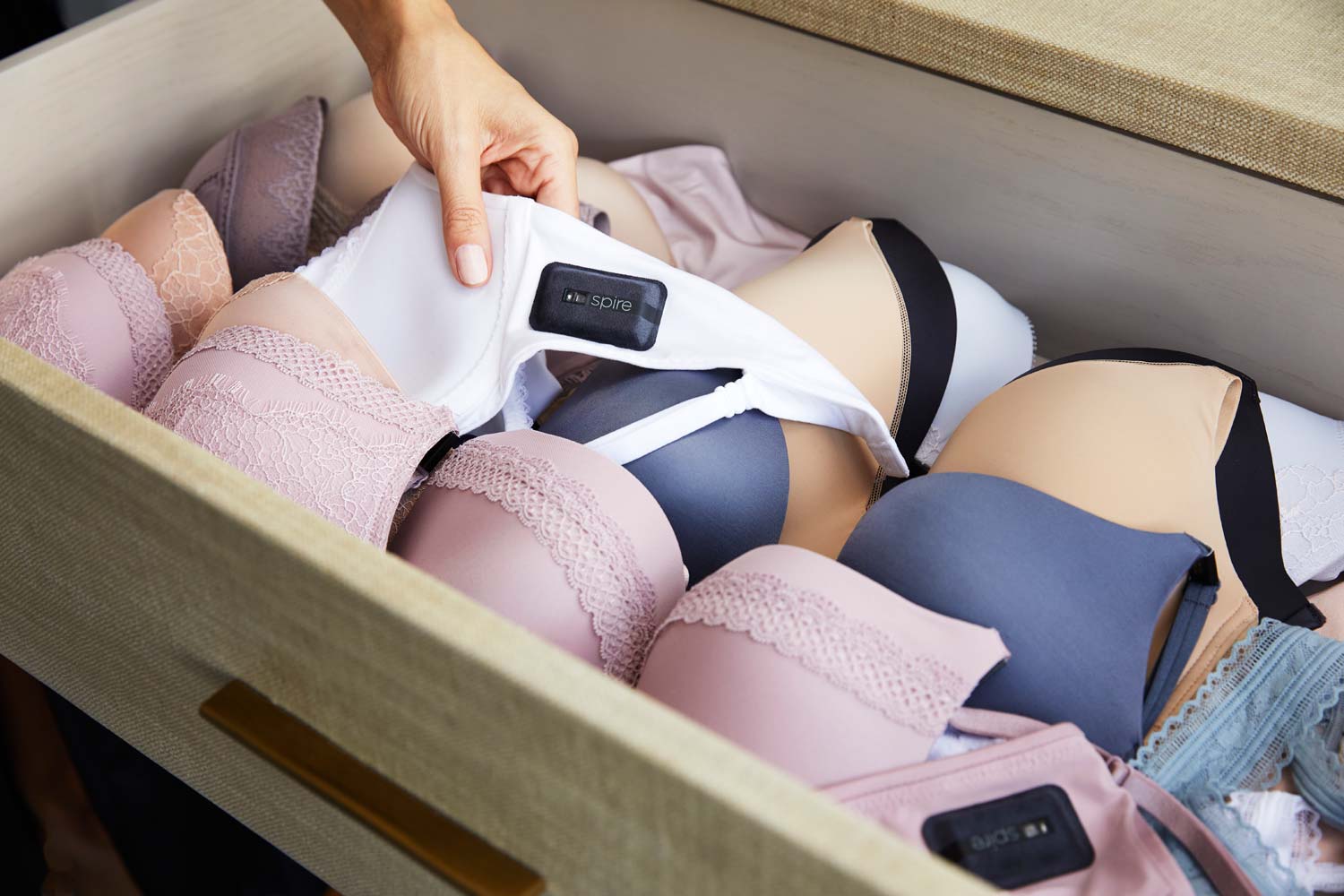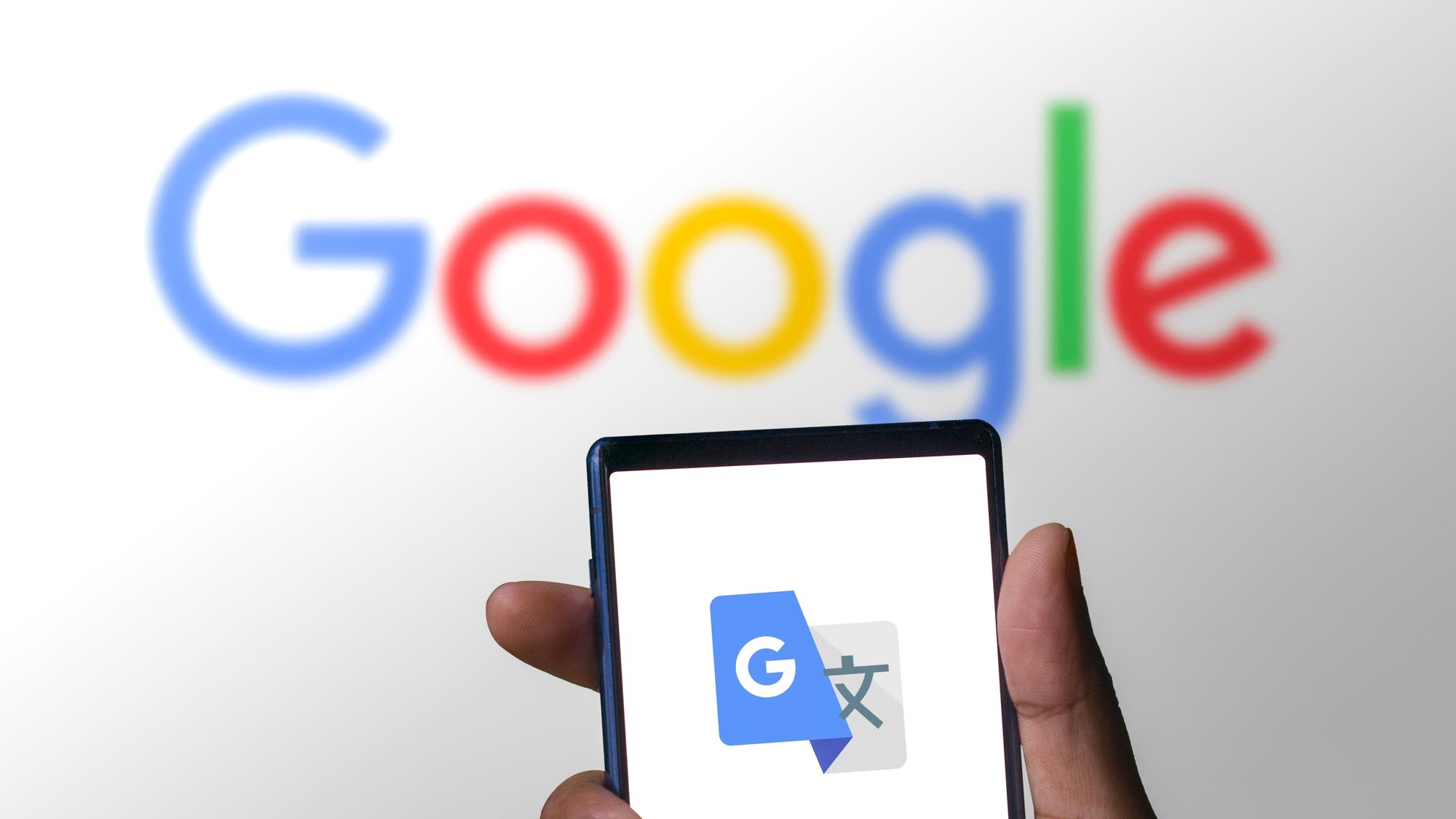This Health Monitor Wants to Live in Your Undies
The Spire Health Tag attaches to your clothing, can go through the wash and runs for 18 months on a charge so you never have to think about taking this health monitor on or off.
Even the best wearable isn't much use if you don't remember to wear it. And the way Spire co-founder and CEO Jonathan Palley sees it, that's the problem with too many devices today.

Not only do you have to remember to slip on that activity tracker or smartwatch each day when you get up, Palley says, you've also got to remember to plug it when it needs a charge. For a wearable to really become integrated into someone's daily routine, Palley tells me, "you've got to make the device disappear."
That's exactly what Spire has attempted to do with its latest product, the Spire Health Tag. Available in packs of tags starting at $99, the Spire Health Tag attaches to something you're already putting on every morning — your clothing.
MORE: How to Choose the Right Fitness Tracker for Your Needs
Specifically, the health monitor is designed to attach discretely to the inside band of your underwear or the band of a bra; you can also fasten it onto workout gear if you're primarily using Spire's tags to track your health during exercise.
Once you attach a Spire Health Tag to your clothing, it's meant to stay there. The wearable's designed to go through washing machines unscathed, and it's got enough battery life to stay powered for a year-and-a-half. (Spire plans a renewal program to replace customers' tags as they run out of juice.) "You stick it on your clothes once, and never think about it again," Palley says.
As someone who doesn't wear a wristwatch or even jewelry because I don't like the feeling of anything that isn't clothing on my skin, I'm a little bit dubious about the idea of attaching an always-there sensor to my skivvies. But Palley insists you don't even notice the health tag once it's in place. And while I didn't have the chance to try on a sensor, the stick-of-gum-sized device certainly didn't feel rough or jagged in my hand.

Others might wonder why they need to attach sensors to their clothing at a time when smartwatches — chiefly the Apple Watch and its new watchOS 4 software — are placing a great emphasis on health and fitness monitoring. It all comes down to location, Palley says.
"In general, your wrist is not a good place for physiological signals," he told me during a rundown of the Spire Health Tag's features. It's better to have sensors near your body's core, he contends, to that they can record accurate and rich data.
And the data collected by the Spire Health Tag is certainly extensive. Like Spire's current product, the Spire Stone, the new tags can monitor respiration. But they're also capable of tracking both heart rate and heart rate variability as well as activity and sleep.
It's what Spire does with that data that make the wearable compelling. Rather than just flood you with a steady stream of data, the companion app for the the Spire Health Tag (which is built for iOS initially, but coming to Android later) only surfaces data when there's information you can act on.
Say you're using the Spire Health Tag to reduce stress: the app will alert you when it detects changes in your body that suggest stress levels are rising. And it will suggest activities like breathing exercises or walks to help you reduce that stress. Other programs included with the Spire app include ones to help you sleep better or get more active.
The Spire Health Tag will ship in packs of tags. A three-tag pack, which costs $99 at launch is aimed at users tracking workout activity, while the $199 eight-tag pack gives you enough sensors to attach to a week's worth of clothing. There's also a pack with 15 tags selling for $299.
Spire starts taking orders today (Nov. 16). The product will ship in January.
Image Credits: Spire
Get instant access to breaking news, the hottest reviews, great deals and helpful tips.
Philip Michaels is a Managing Editor at Tom's Guide. He's been covering personal technology since 1999 and was in the building when Steve Jobs showed off the iPhone for the first time. He's been evaluating smartphones since that first iPhone debuted in 2007, and he's been following phone carriers and smartphone plans since 2015. He has strong opinions about Apple, the Oakland Athletics, old movies and proper butchery techniques. Follow him at @PhilipMichaels.

